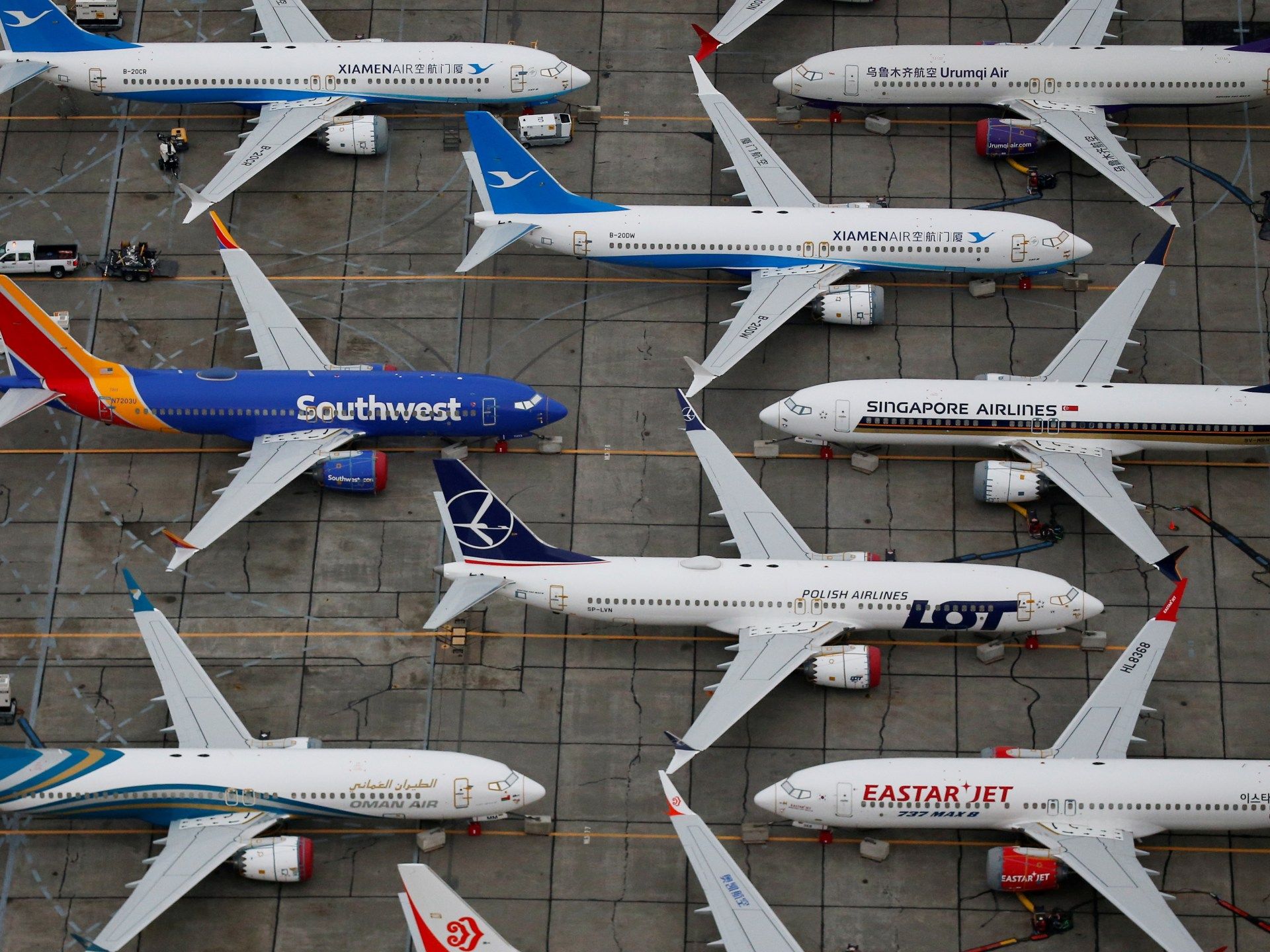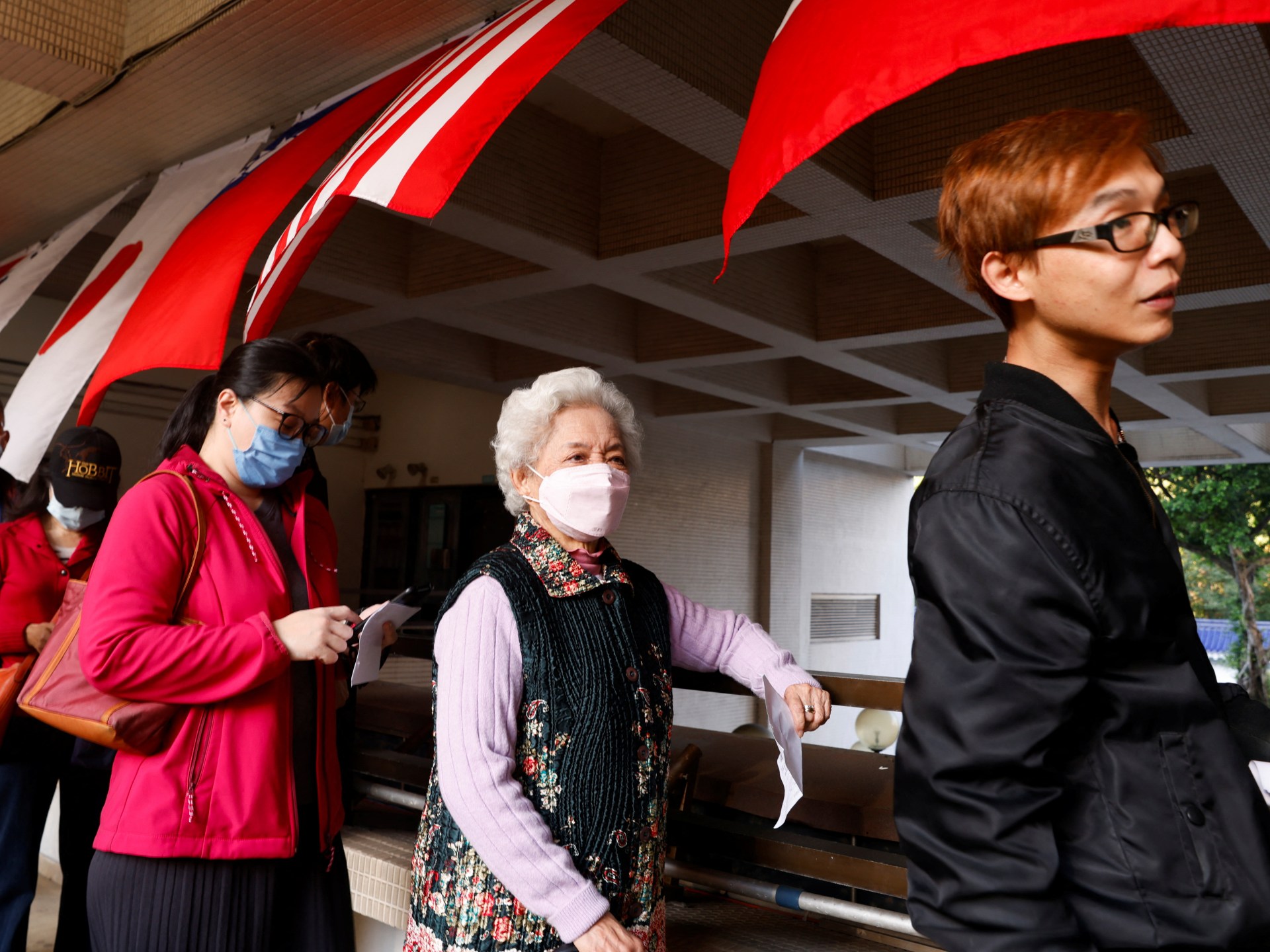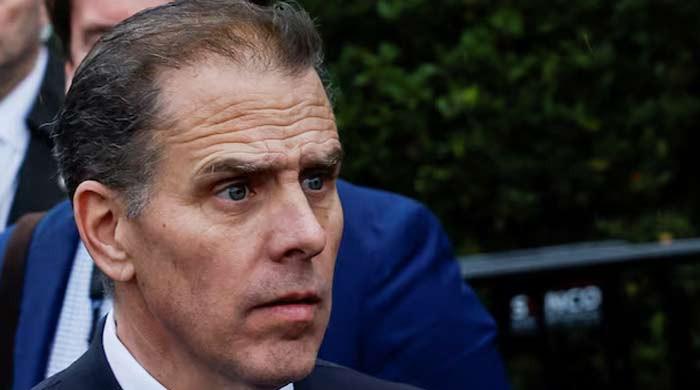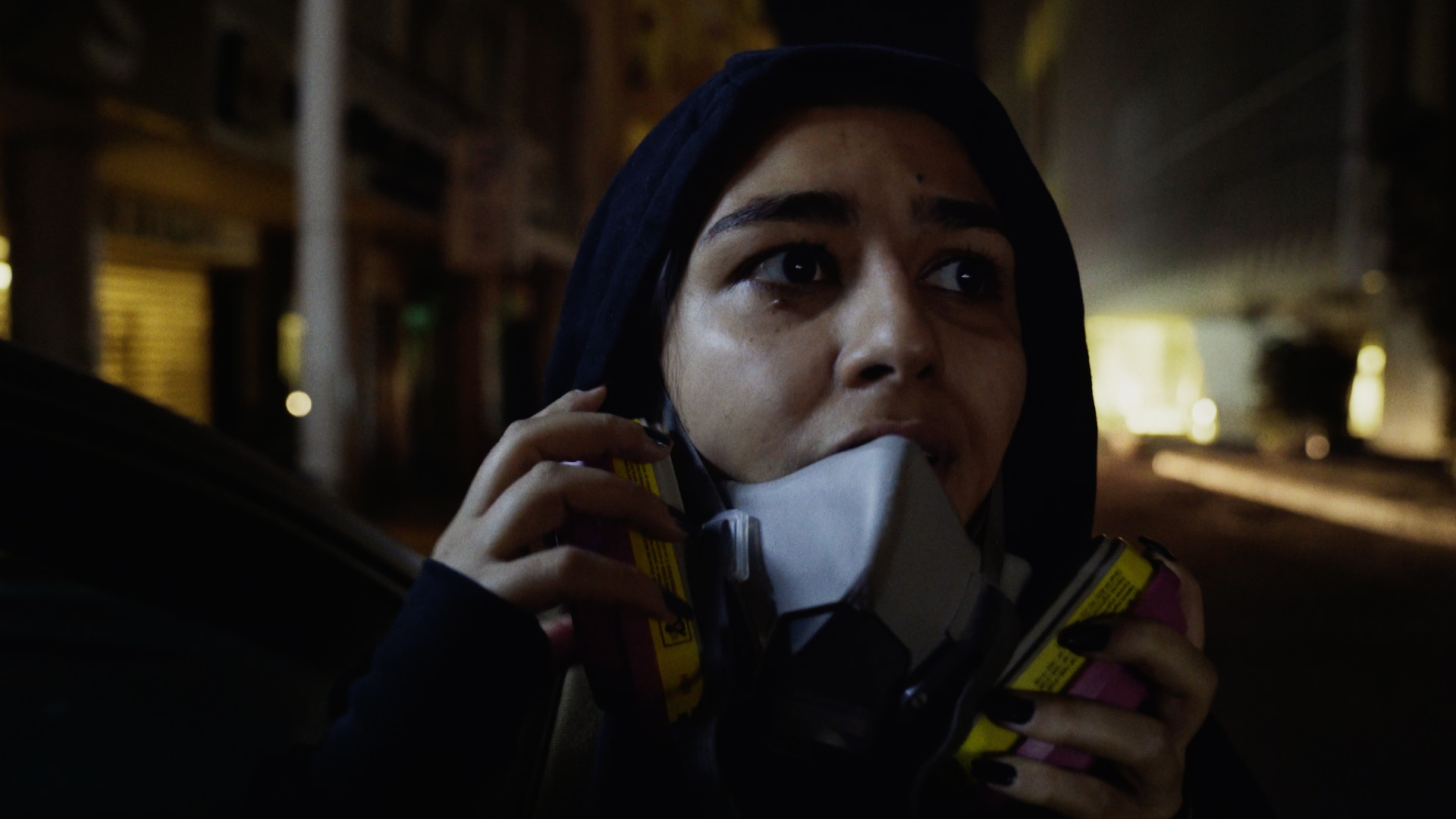Medan, Indonesia – For Neuis Marfuah, the recent near-disaster involving a 737 Max plane flown by Alaska Airlines brought back painful memories and anger.
His daughter, Vivian Hasna Afifa, 23, died when Lion Air Flight 610 crashed into the Java Sea in Indonesia on October 29, 2018, killing all 189 people on board.
“How could this happen? I can't stop thinking about it,” Marfuah told Al Jazeera.
On Thursday, the US Federal Aviation Administration (FAA) said it had approved the Boeing 737 Max 9 to return to service after more than 170 planes were grounded on January 6, the day after a Panel on Alaska Airlines Flight 1282 will explode. at 14,000 feet with 177 people on board.
The FAA's “thorough” review gave the watchdog the confidence to “proceed to the inspection and maintenance phase,” FAA Administrator Mike Whitaker said in a statement outlining “unacceptable” quality assurance issues. .
No one was killed or injured in the incident, but for Marfuah, the news of the near-disaster was difficult to bear.
“It should have been enough, after the events in Indonesia and Ethiopia, to decide to stop operating the Max 737 aircraft once and for all,” Marfuah said.
Less than five months after the Lion Air crash in Indonesia, Ethiopian Airlines Flight 302 crashed six minutes after taking off from Addis Ababa airport en route to Kenya, killing all 157 people on board.
Following the Lion Air and Etopian Airlines crashes, a US Congressional report found that Boeing operated a “culture of concealment” and that the 737 Max planes were “marred by technical design flaws,” including problems with the Augmentation System. of maneuvering characteristics (MCAS).
MCAS is a flight stabilization program on newer 737 Max models that is designed to automatically prevent a plane from stalling, although this was not clearly communicated to the pilots flying the planes.
On Lion Air Flight 610, a sensor on the outside of the aircraft failed and indicated that the nose of the aircraft was too high and the aircraft was at risk of stalling, causing MCAS to automatically force the aircraft to descend to avoid a possible loss. and crash into the sea.
MCAS also failed on Ethiopian Airlines Flight 302, prompting Boeing to make changes so that it now “operates only in unusual flight conditions and relies on two sensors, activates only once, and never defeats pilots.” to control the plane.”
After an investigation into the near-miss involving Alaska Airlines Flight 1282, the airline discovered that Boeing mechanics had removed, repaired and replaced the panel that exploded.
Alaska Airlines CEO Ben Minicucci said in an interview broadcast on NBC News on Wednesday that an internal inspection found “many” of the 737 Max 9 planes had loose bolts.
“Actually, a plane exploded in the air in one section,” Dennis Tajer, a spokesman for the Allied Pilots Association union and a 737 Max 8 pilot with more than three decades of experience, told Al Jazeera.
“It was an explosive depressurization of the plane, all-encompassing and terrifying. This has lost confidence in Boeing and completely crushed it again.”
In the three weeks since the Alaska Airlines incident, Boeing has lost nearly a fifth of its market capitalization.
After a meeting with U.S. senators on Wednesday, Boeing CEO Dave Calhoun told reporters that the company doesn't “put airplanes in the air that we don't have 100 percent confidence in.”
Anton Sahadi, whose wife lost her two 24-year-old cousins, Riyan Aryandi and Ravi Andrian, on Lion Air Flight 610, described the latest incident involving the Boeing 737 Max as “sad.”
“As a family member and spokesperson for the victims of the Lion Air plane crash, I was very concerned when I heard the news from Alaska Airlines, remembering that 189 people were victims of the Lion Air crash in Indonesia,” Sahadi told Al Jazeera.
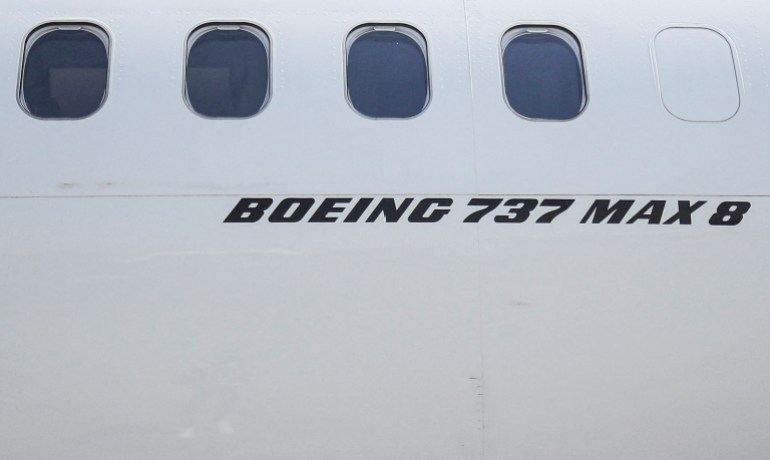
Like Tajer, Sahadi said the latest incident had shaken his confidence in Boeing planes.
“I have increasing doubts about the 737 Max aircraft and believe that the aircraft certifier must take serious steps before they are ready to be sold and used commercially,” he said.
“It is playing with people's lives and safety. “It should be a serious concern for Boeing operators and passengers.”
In a statement provided to Al Jazeera on Tuesday, Stan Deal, president and CEO of Boeing Commercial Airplanes, said: “We have disappointed our airline customers and deeply regret the significant disruption to them, their employees and their passengers.”
On Wednesday, Boeing issued another statement saying it would “continue to fully and transparently cooperate with the FAA and follow its guidance as we take steps to strengthen safety and quality at Boeing.”
But Tajer, a spokesman for the Allied Pilots Association, said “confidence in Boeing continues to erode” even though the planes have been cleared to fly.
“This isn't just a case of everyone waking up, people have been watching Boeing closely for some time and building a plane based on excuses and executive exemptions,” he said.
It's not just the 737 Max that has been in the spotlight following the Alaska Airlines incident.
On January 18, a Boeing cargo plane made an emergency landing in Florida after the engine caught fire, and on January 20, a nose wheel fell off a Delta Air Lines Boeing 757 flight that was about to taking off from Atlanta International Airport.
“If I had made as many mistakes as Boeing, I wouldn't have a pilot's license,” Tajer said.
“We are watching closely and we are not happy. We will get through this and keep people safe, but we are being asked to cover up for Boeing's failures. Enough is enough. Design your planes as if lives depend on it, because they do.”

